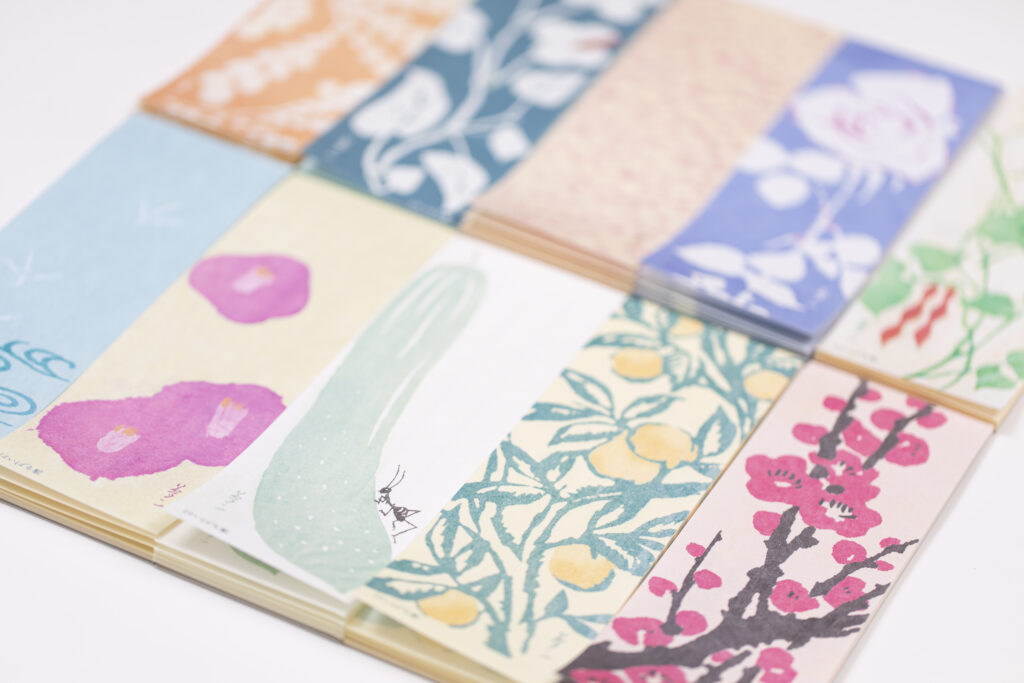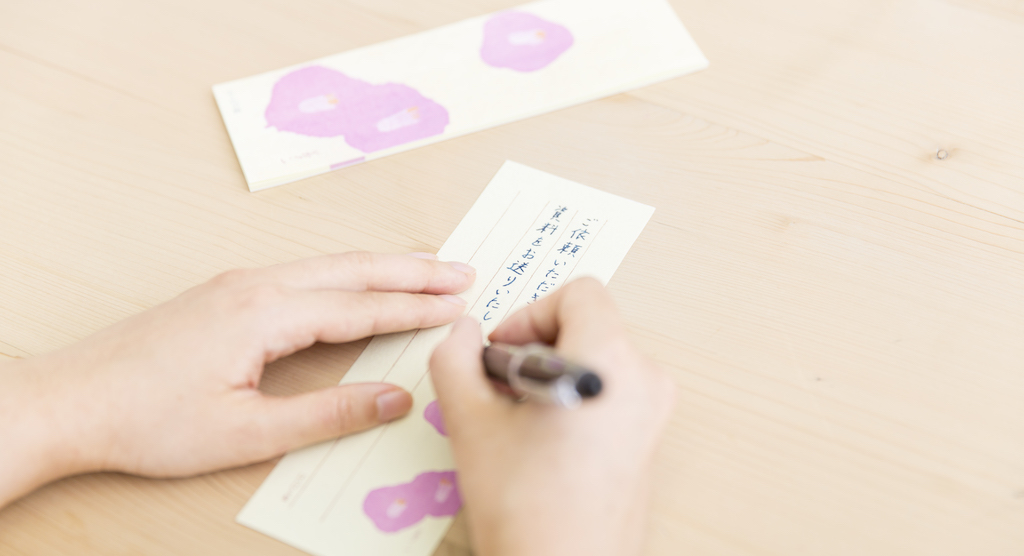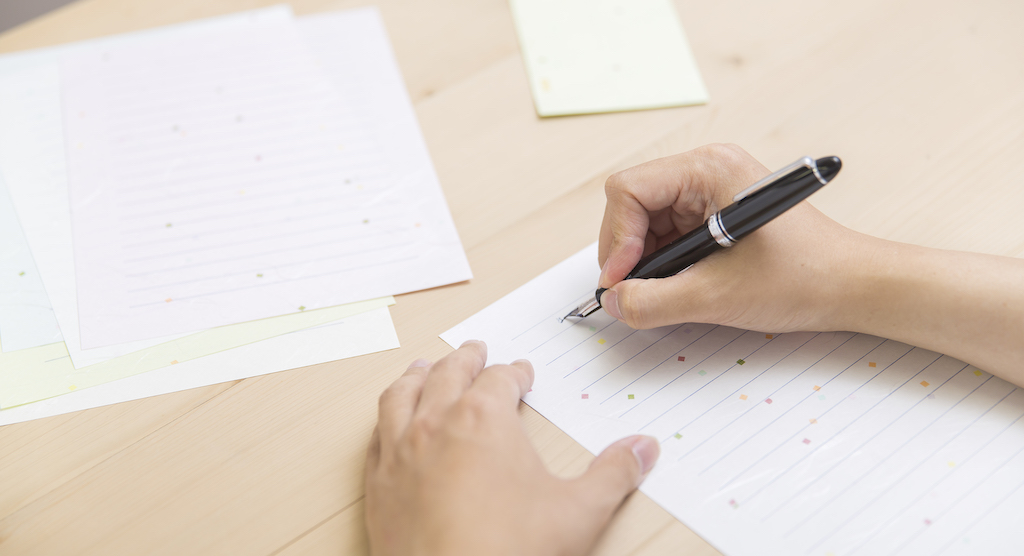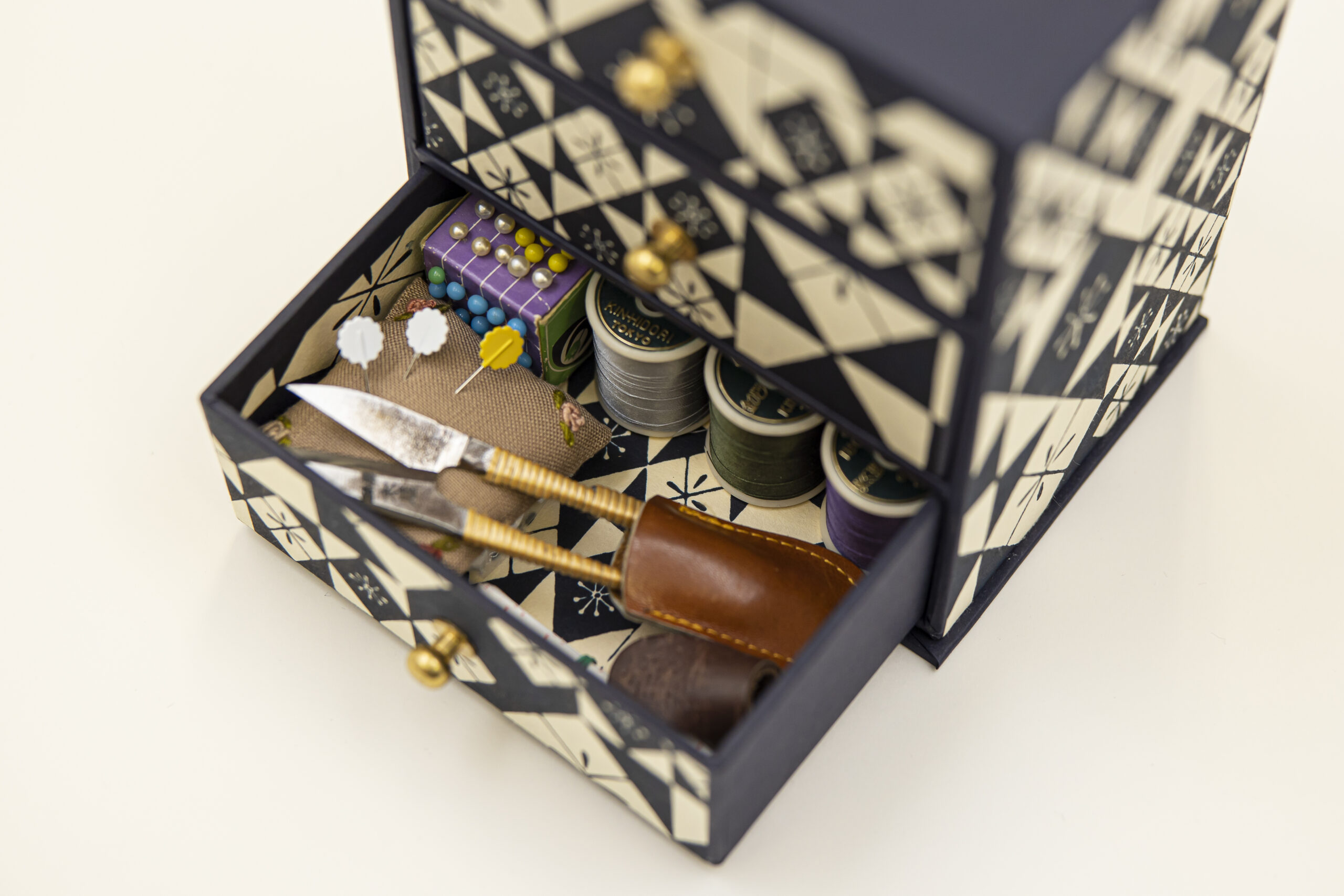Table of Contents
- My grandmother, who was a “Moga,” collected Yumeji’s items.
- Sweet and sophisticated style made him a painter representing the Taisho Roman.
- At the request of the fourth owner, Yumeji became in-house designer for Haibara.
- Rose, bush clover, red plum blossom, waterfront, cucumber, etc. Mini letter pad was reprinted from the design of envelopes.
- Warm handwritten message is included with the product.
My grandmother, who was a “Moga,” collected Yumeji’s items.
When I was an elementary school student in the late Showa period, I lived with my grandmother who was born in Taisho period. In Japan, from the late Taisho period to the early Showa period, new fashions called “Moga (Modern girl)” and “Mobo (Modern boy)” influenced by Western culture appeared, replacing traditional kimono.
My grandmother, a girl who loved fashion enjoyed “Moga fashion,” such as knee-length skirts and loose-fitting dresses called “Appappa” which were very popular at the time, and crochet hats which were bell-shaped hats that fit over the head.
My grandmother’s collection of “treasures” from her youth onward included art books and postcards by Takehisa Yumeji, a leading figure in modern art. She was so fascinated with Yumeji that she would draw pictures and make costumes for dolls to imitate his worldview. When I was an elementary school student, was once shown my grandmother’s collection, and I remember being surprised to learn that Takehisa Yumeji was such a stylish and wonderful painter.
Sweet and sophisticated style made him a painter representing the Taisho Roman.
Colorful and modern coloration, melancholy female gaze, sprawling poses, and sophisticated costumes, etc. An icon of Taisho Roman, Takehisa Yumeji, known for his lyrical paintings of women, was a painter and poet active during the Meiji and Taisho periods.
Unlike orthodox painters who have learned the basics and techniques at art school, he began his career with newspaper panel drawings and caricatures for the masses. His free and chic style, full of an unprecedented and unique aesthetic sense, took the world by surprise. The young women of the time were fascinated by his illustrations and advertising designs, and he attracted attention as a fashion icon.
At the request of the fourth owner, Yumeji became in-house designer for Haibara.
Yumeji used to made Nihombashi his base when he was young. Naojiro Haibara (Shintaro Nakamura) the fourth with whom Yumeji had a particularly close relationship, supported Yumeji’s creative activities, including helping to pay for his travel expenses when he left for Europe, and at the same time asked him to design Haibara’s products. This is how Yumeji became a in-house designer for Haibara.
Yumeji had always painted mainly women, but Haibara’s fourth owner suggested that he goes on a trip and use the landscapes and nature he encountered as motifs for his paintings. As if guided by these words, Yumeji traveled to various places and painted flowers and trees, expressing his love for nature. His travel-inspired works were adopted as designs for letter papers, envelopes, postcards, chiyogami paper, and uchiwa (Japanese fans), which became popular Haibara products one after another.

Rose, bush clover, red plum blossom, waterfront, cucumber, etc. Mini letter pad was reprinted from the design of envelopes.
The “Yumeji Takehisa Mini letter pad series,” based on the envelopes designed by Yumeji, has been reprinted and still has many fans.
There are “Rose” looks like a graceful woman standing, “Waterfront” gently fills the heart with pure water, “Camellia” looks like the smiling faces of children, and “Cucumber” is an interesting combination of a fresh cucumber and a humorous ant.
The motifs chosen by Yumeji are all lovely and dignified. Haibara’s store staff told me that the names on the wraparound band of each mini letter pad, such as “Waterfront” and “Cucumber,” were invented by Yumeji himself, who was also a poet. This made me feel even more attached to them.
Then, how about the usability? In order to confirm it, I wrote a happy birthday message to my friend with a fountain pen. Well, the delicate texture of washi (Japanese traditional paper) allows the ink to soak in quickly, it is easy to write words with smooth brush strokes. According to the store staff, it is suitable for a wide range of writing instruments, including fountain pens, ballpoint pens, hair pens, and pencils.

Warm handwritten message is included with the product.
When Haibara ships the product which is purchased online, they enclose a handwritten thank-you letter with the customer’s name on it, using a mini letter pad.
When I asked, “Isn’t it quite a task to write a handwritten letter to each customer?” Haibara’s store staff gave me the following answer.
“Certainly, from the standpoint of time efficiency, we sometimes think that printed thank-you letters might be fine. However, we often receive comments from customers such as, ‘Thank you for the cordial handwritten message.’ so we would like to continue to do so in order to express our gratitude.”
Haibara has been a washi specialty store for 200 years, and has always been sincere about writing and conveying one’s thoughts and feelings, which is an aesthetics of Haibara.
In addition to Yumeji Takehisa designed Mini letter pads, Haibara has a diverse lineup of Mini letter pads that can be used for different occasions and situations.
Just by writing a line or two, Mini letter pad can convey your thoughts more than words.
Try using them in a variety of situations, including business and personal. It will surely have an unexpected effect.















 Instagram
Instagram facebook
facebook X(旧Twitter)
X(旧Twitter) Youtube
Youtube note
note

